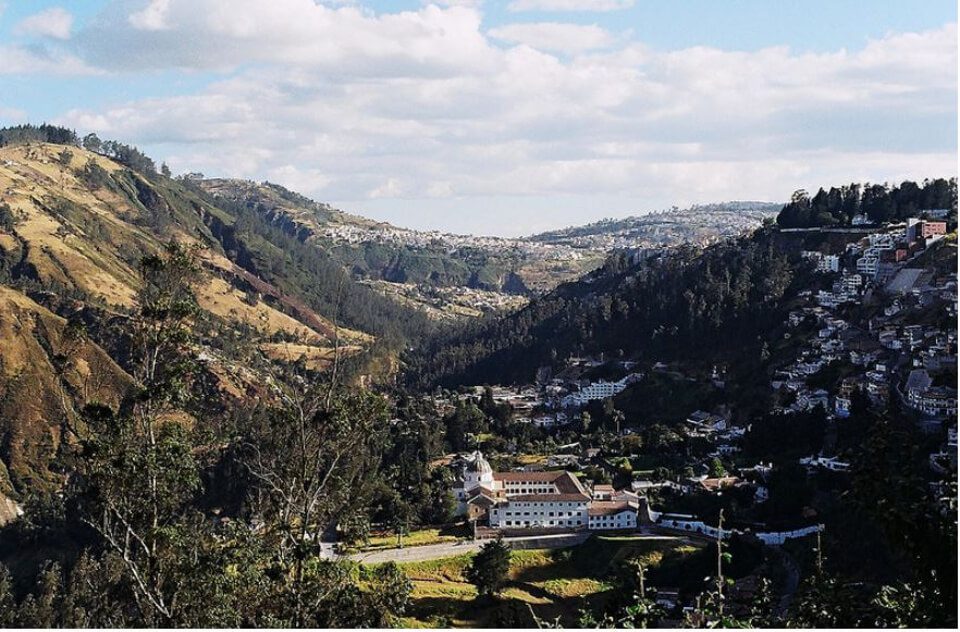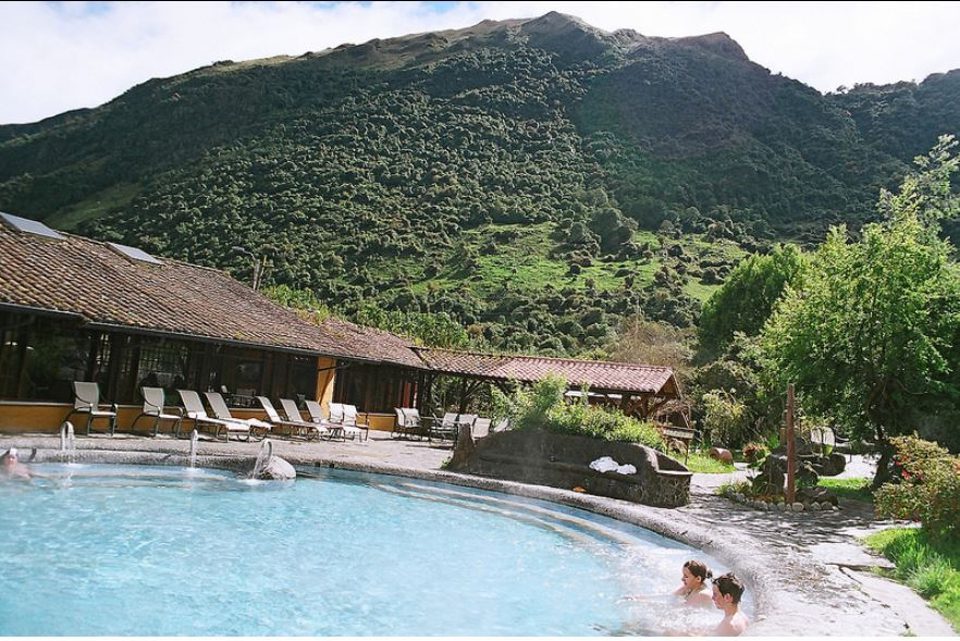A brief respite from the rainiest of months is almost always welcome, but in Ecuador it’s practically always expected. The Veranillo in Ecuador refers to a recurring phenomenon that often sees the winter/rainy season momentarily “pause” itself for a handful of weeks, typically between the end of November until the end of December. For friends and families, this opens up the door to the perfect opportunity to to enjoy the holidays under remarkably clear skies and a warm sun.

A Tale of Two Seasons: Wet & Dry
For the most part, Quito tends to enjoy spring-like weather year-round (a climate which typically hovers around highs of 20-25 °C/68-77 °F and lows of around 8-10 °C/45-50 °F). This relatively consistent pattern of climate however does split into two distinct seasons, one of which leans towards a wetter part of the year and the other a drier part. Rainy Season (invierno, or winter in Spanish) tends to be between October and April. Dry Season (or verano, in Spanish) tends to be between June and September.
Quito and the highlands in particular both have a way of being climatically “bipolar.” It’s not uncommon to hear locals repeatedly state that Quito can experience “four seasons in a single day;” with beautiful, warm and sunny mornings that abruptly transition into chilly and incredibly rainy/stormy afternoons.
TALK TO A DESTINATION EXPERT

Diego Zapata

Rosa Mena

Sandy Lara

Diego Zapata

Rosa Mena

Sandy Lara
Veranillo in Ecuador: What Does it Mean and Why Does it Happen?
Known by several different names around different parts of the World, including Indian Summer, Altweibersommer (Old Summer), Veranillo de San Miguel and Veranillo de San Martin, the Veranillo in Ecuador consists of a series of weeks – between the end of the November until the end of December – in which sunny days shine over the city and higher than average temperatures are seen throughout what’s supposed to be the Rainy Season. The name itself, veranillo, is literally the diminutive form of verano which means summer; making this the word for “little summer.”
Veranillo is always used to refer to the meteorological phenomenon that sees rather atypical conditions given the usually Rainy/Winter Season. This phenomenon is actually the result of subantarctic coldfronts not managing to make it all the way up north during this handful of weeks at the very end of each year, leading to higher than average temperatures during this small window of time in the southern hemisphere in particular.

During certain years, there’s also the coincidental Veranillo del Niño (The Kid’s Little Summer) phenomenon which is named as such due to its close proximity to the festive tradition and holiday that celebrates the birth of Jesus that is Christmas Day. The big difference with the Veranillo del Niño phenomenon, however, is that it’s a veranillo during which the El Niño currents (that originate around the Gulf of Guayaquil) create an extremely elevated level of rainfall throughout the region (as opposed to none).
How to Enjoy the Veranillo in Ecuador
Hang out along the highlands and hop on our Spirit of the Andes Tour to enjoy some of the best there is when it comes to experiencing culture throughout the region. Check out some of the best views and things to do in Quito while staying at one of the best hotel’s in the capital – Casa Gangotena. Whatever it is, Metropolitan Touring has it all, and there’s no better time to take advantage of the excellent weather than now!

Javier Garcia

Eduardo Silva

Carolina Escobar
START PLANNING YOUR TRIP

Javier Garcia

Eduardo Silva

Carolina Escobar
Get in touch for more
CONTACT US


